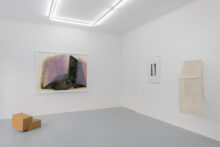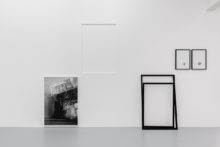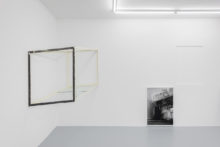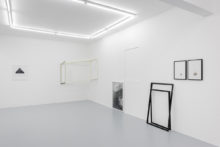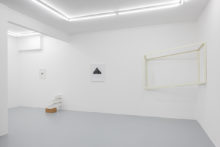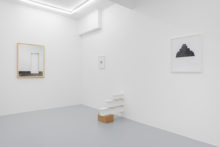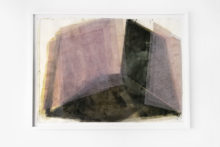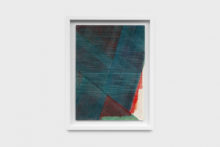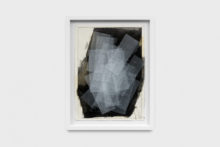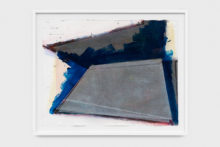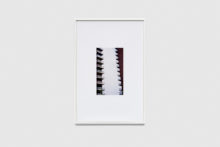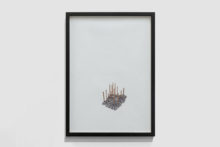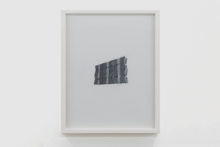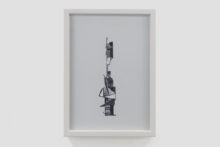Nazgol Ansarinia, José Pedro Croft, Dan Graham, Jonathan Sullam and Roeland Tweelinckx
Curated by Gregory Lang
Slicing, cutting and dividing into grids fragments of volumes and sections of planes are convergent approaches developed in the works of these five artists. Each, in their own way, tends to examine and break down the notion of a constructed space. Exploring our structural relationship to architecture through construction and representation, they tend to hollow out the resulting structure to test its stability to the point of imbalance. These artists choose to open up space, to create gaps and precarious areas or volumes by throwing the elements like rolling dice, trying new combinations before deploying them again before our eyes.
The exhibition plays upon destabilizing its own framework, with artworks by artists who question either deconstruction or the hypothesis of imbalance. Here and there they attempt a subtle architectural collapse by cutting or spacing, a reminder of Gordon Matta-Clark’s radical Splitting gesture. Giving way to assemblages by means of new juxtapositions, superimpositions or subtractions, they better free themselves from the system of perspective. Furthermore, the perspectives also twist and multiply, accentuated by high and low-angle shots. Through distortion and association, new points of view appear.
Presented side by side and interrelated are distinct fragmented spaces, from which extensions can be imagined. Most of the works question their relation to the occurrence or abstraction of spatial fullness or void they contain. Here, all seems in doubt, suspended in a moment of precarious equilibrium, on the edge of collapse. This disorientation caused by broken lines and by the loss of a steady horizon refers to a floating state. In a sense, the works relate to notions of gravity and the physical embodiment of time preceding a fall. This expansive time is almost palpable, spinning off the idea one could cut it into slices, into slabs.
– Gregory Lang
Learn more about Nazgol Ansarinia, José Pedro Croft, Dan Graham, Jonathan Sullam, Roeland Tweelinckx

